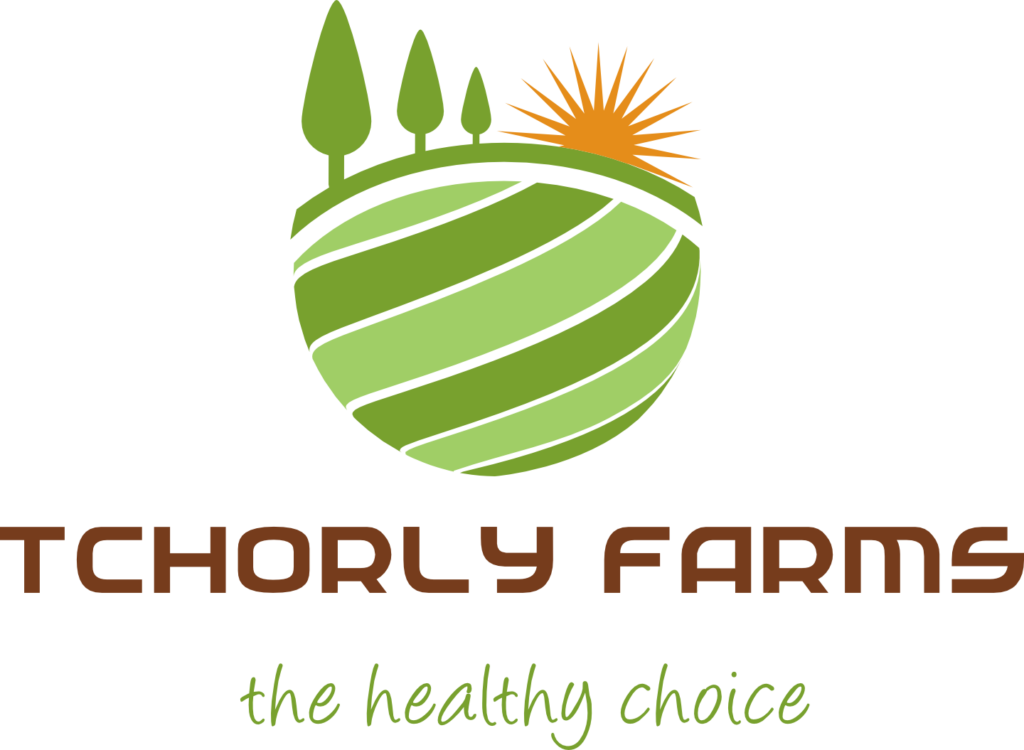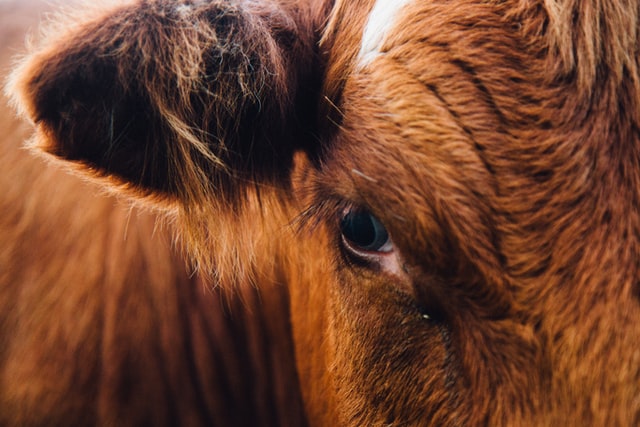Sheep are highly selective grazers. Their narrow mouths and biting grazing mechanism allow them to select specific plants, and even particular plant parts such as flower heads and buds within a vegetation community. Sheep generally select the most nutritious and palatable vegetation available, and thus have the capacity to alter the plant community over time. They graze close to the ground creating tightly cropped lawns but find it difficult to graze tall vegetation so these areas can end up becoming trampled and flattened. Sheep will also graze low growing shrubs and control woody species by bark stripping. Sheep are much lighter than cattle and equines, so cause less damage to sensitive or wet ground.
Sheep, (Ovis aries), species of domesticated ruminant cud-chewing) mammal, raised for its meat, milk, and wool. The sheep is usually stockier than its relative the goat (genus Capra)
A sheep regurgitates its food and chews the cud, thus enabling its four separate stomach compartments to thoroughly digest the grasses and other herbage that it eats. The animals prefer grazing on grass or legume vegetation that is short and fine, though they will also consume high, coarse, or brushy plants as well. They graze plants closer to the root than do cattle, and so care must be taken that sheep do not overgraze a particular range. Sheep are basically timid animals who tend to graze in flocks and are almost totally lacking in protection from predators. They mature at about one year of age, and many breed when they reach the age of about one and a half years. Most births are single, although sheep do have twins on occasion. The lambs stop suckling and begin to graze at about four or five months of age.
Domesticated sheep are raised for their fleece (wool), for milk, and for meat. The flesh of mature sheep is called mutton; that of immature animals is called lamb. There were estimated to be more than one billion sheep in the world in the early 21st century. The major national producers are Australia, New Zealand, China, India, the United States, South Africa, Argentina, and Turkey. Countries that have large areas of grassland are the major producers.





2 Comments
Quis suspendisse sed, est ultrices rhoncus itaque metus quis, lacus consequat magna justo magna, molestie sapien lectus. Dapibus lacinia neque ut penatibus, risus mauris dui, nulla sem natoque odio vivamus sed ridiculus. Augue egestas ante pulvinar augue.
Dapibus lacinia neque ut penatibus, risus mauris dui, nulla sem natoque odio vivamus sed ridiculus. Augue egestas ante pulvinar augue.